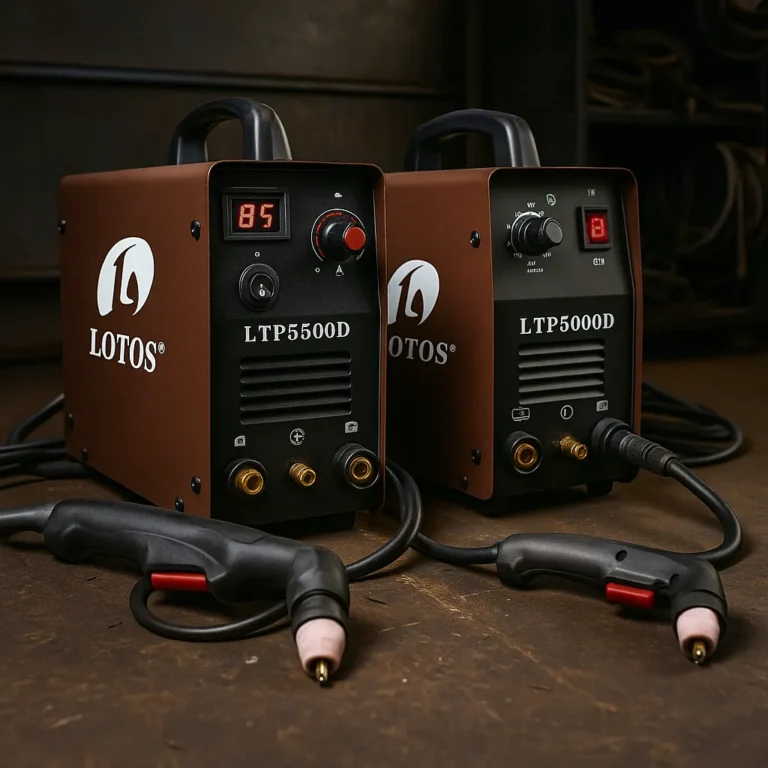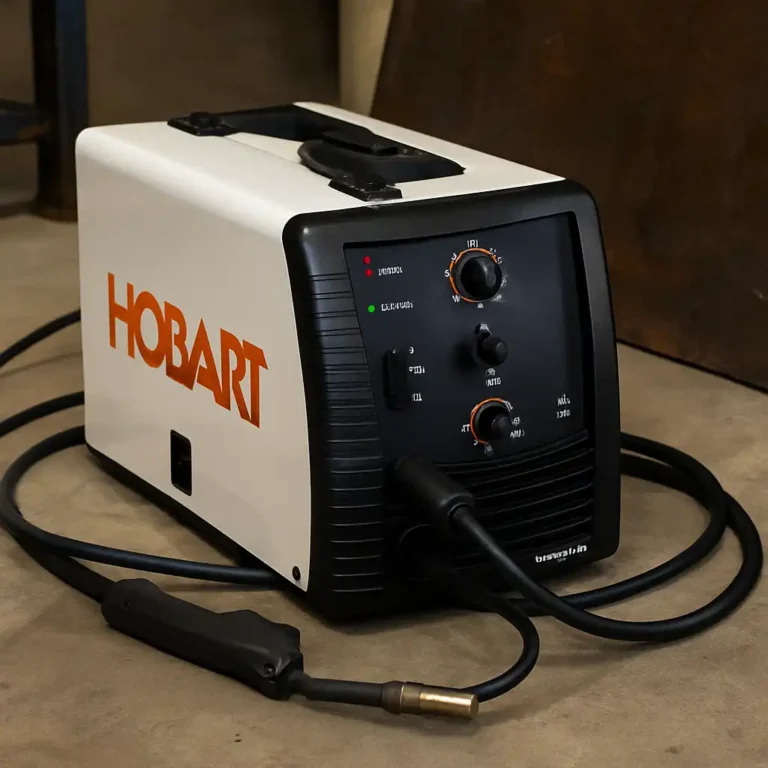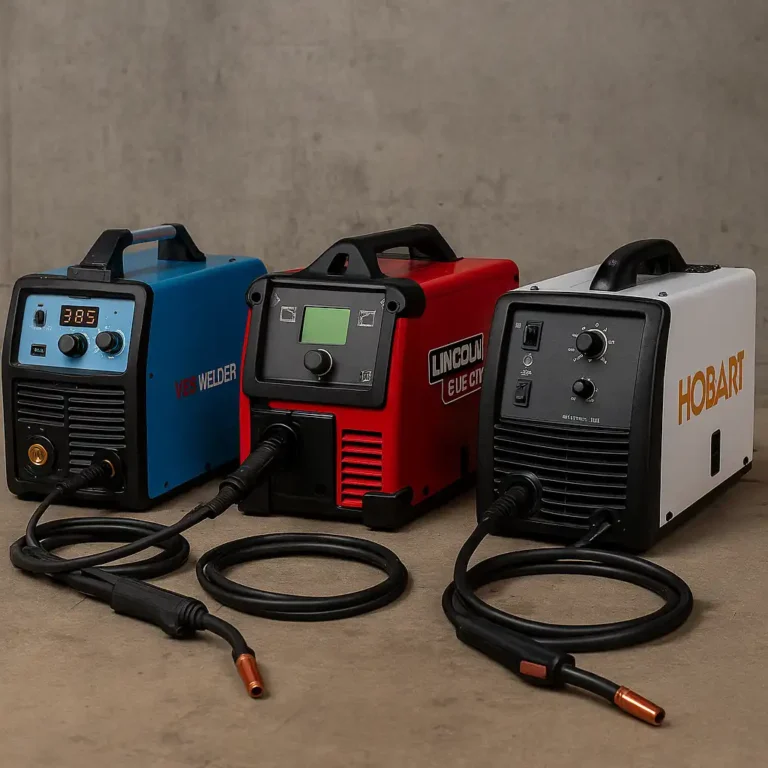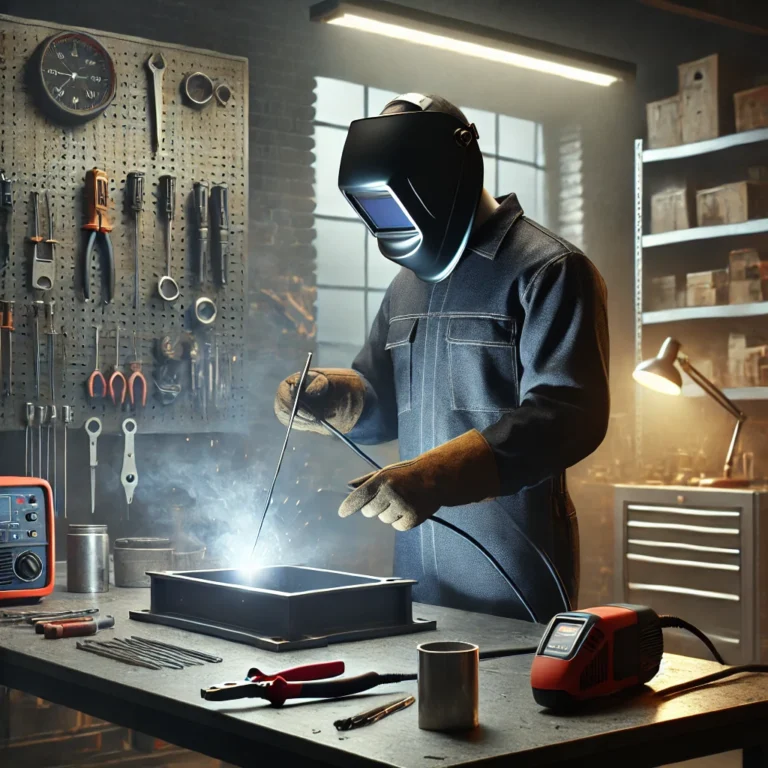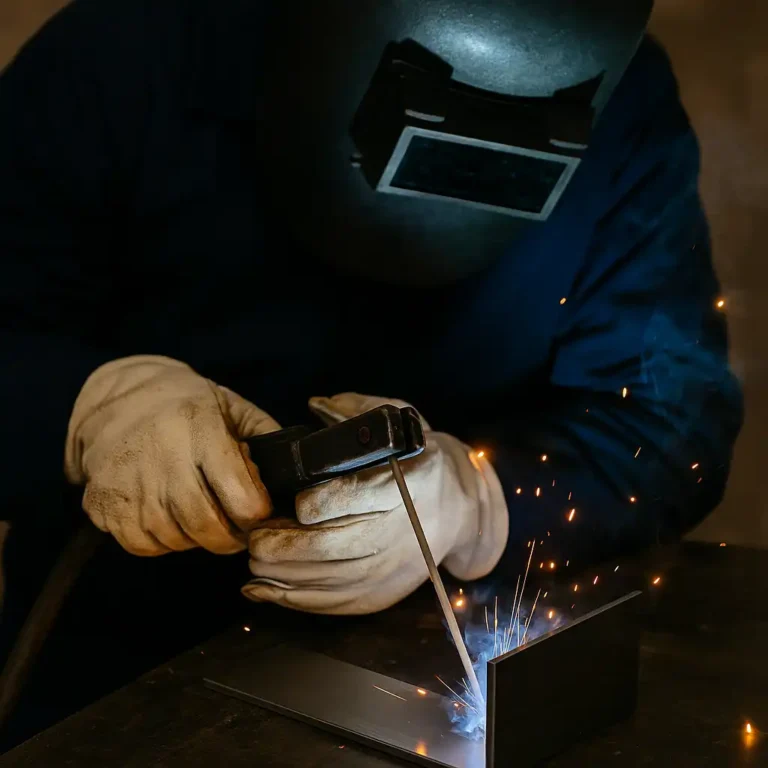Lotos LTP5000D vs LTP5500D: Two Plasma Cutters Built for Real Shop Work
When you’re working in a small garage or DIY welding setup, you need tools that punch above their price tag. That’s where Lotos comes in. The brand’s well known for affordable plasma cutters that deliver more than you’d expect—and the LTP5000D and LTP5500D are two of its top contenders. While they share a lot of…

